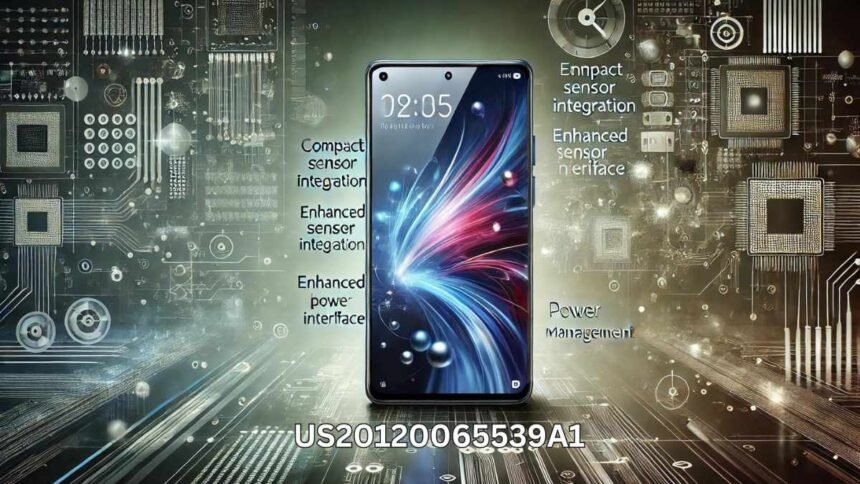US20120065539A1 is a pivotal patent that has revolutionized smartphone technology, introducing innovative methods for integrating complex features into compact devices. This patent details a framework that enhances user experience by optimizing hardware and software interactions, paving the way for the next generation of mobile devices. Its implications reach far beyond conventional use, offering new possibilities for future technological advancements.
Introduction
In the rapidly evolving world of technology, patents play a crucial role in shaping the future. One such patent, US20120065539A1, has made significant strides in the smartphone industry. This patent is not just a legal document but a blueprint for the future, outlining methods and systems that have already started influencing the design and functionality of modern mobile devices. In this article, we will explore the various aspects of this patent, its implications, and how it sets the stage for the next generation of smartphones.
The Origin of US20120065539A1
Patents often tell a story of innovation, and US20120065539A1 is no different. Filed in response to the growing demand for smarter, more efficient mobile devices, this patent addresses several key challenges the industry faces. It was designed to optimize the interaction between hardware and software, ensuring that devices can handle increasingly complex tasks without compromising on performance or battery life.
Key Innovations Introduced by US20120065539A1
The US20120065539A1 patent introduces several groundbreaking innovations, particularly in the integration of sensors, processors, and user interfaces. One of the most significant advancements is the method for managing power consumption while maintaining high-performance levels. This has been a major concern for smartphone manufacturers, as users demand longer battery life without sacrificing functionality.
Additionally, the patent outlines new ways to enhance user interaction through touch and voice commands. By optimizing the software algorithms that process these inputs, the patent ensures that smartphones can provide a more intuitive and responsive user experience. This has led to the development of devices that are not only smarter but also more user-friendly.
The Impact on Smartphone Design
The implications of US20120065539A1 extend beyond just software improvements; they also influence the physical design of smartphones. The patent’s approach to integrating multiple sensors and processors in a compact form factor has allowed manufacturers to create thinner, lighter devices without compromising on performance. This has been a game-changer in the industry, enabling the production of smartphones that are both powerful and aesthetically pleasing.
Future Prospects and Applications
Looking forward, the innovations outlined in US20120065539A1 are expected to play a pivotal role in the development of future technologies. As the Internet of Things (IoT) continues to expand, the ability to integrate complex systems into small devices will become increasingly important. The patient’s approach to power management and user interaction is likely to be applied to a wide range of devices, from wearable technology to smart home systems.
Conclusion
The US20120065539A1 patent is a testament to the ongoing evolution of smartphone technology. By addressing key challenges in power management, user interaction, and device design, this patent has set the stage for the next generation of mobile devices. As technology continues to advance, the innovations introduced by US20120065539A1 will undoubtedly play a critical role in shaping the future.
FAQs
Q1: What is US20120065539A1, and why is it important?
A: US20120065539A1 is a patent that outlines significant innovations in smartphone technology. It is important because it introduces methods for optimizing power management, user interaction, and integrating complex features into compact devices, shaping the future of mobile technology.
Q2: How does US20120065539A1 improve smartphone performance?
A: The patent improves smartphone performance by enhancing the interaction between hardware and software, optimizing power consumption, and providing more responsive user interfaces. This leads to devices that are both powerful and energy-efficient.
Q3: What are the key innovations introduced by US20120065539A1?
A: Key innovations include advanced power management techniques, improved user interaction through touch and voice commands, and the integration of multiple sensors and processors into a compact form factor, allowing for thinner and lighter smartphone designs.
For More Visit, Viraltimes.co.uk







